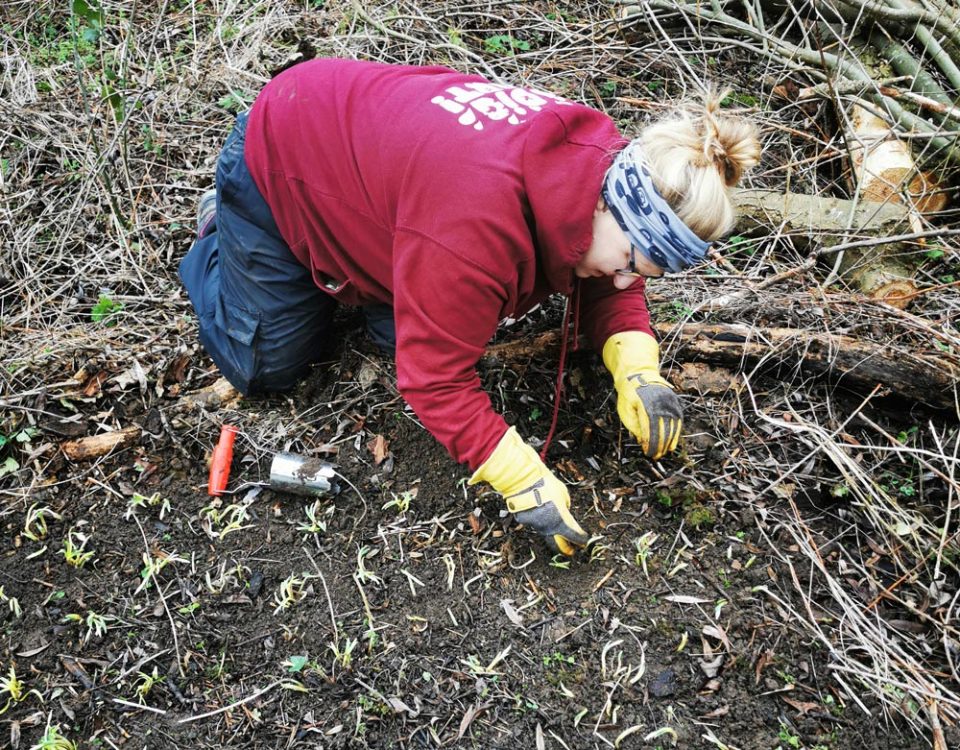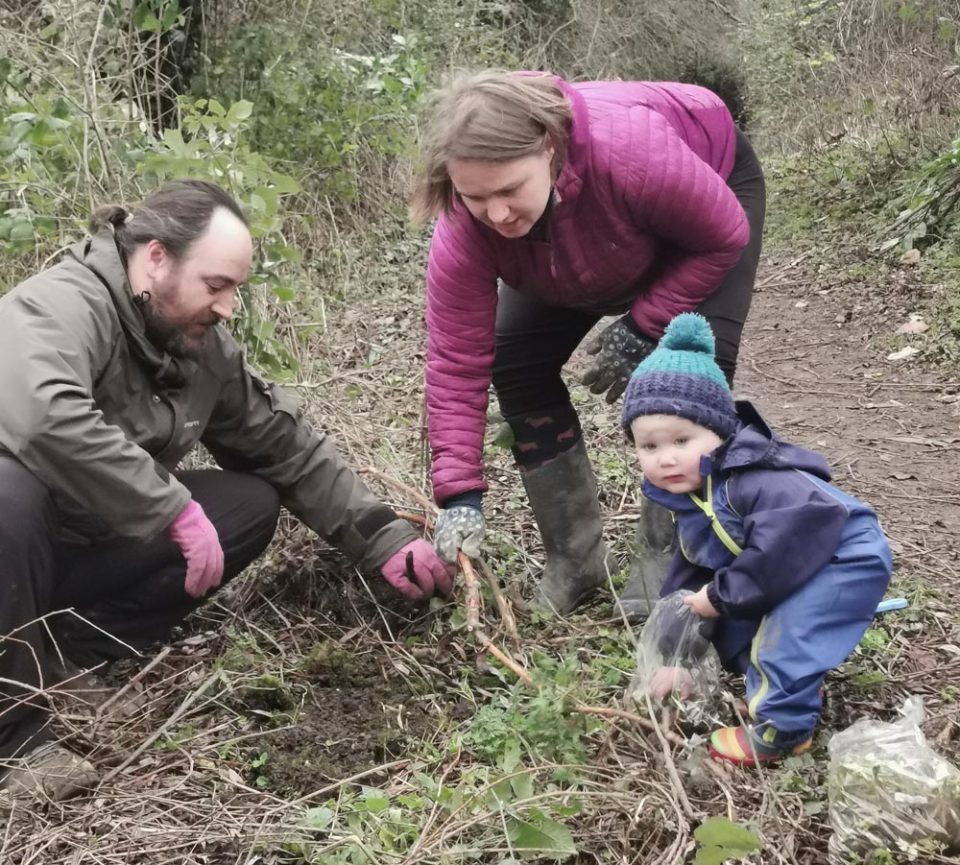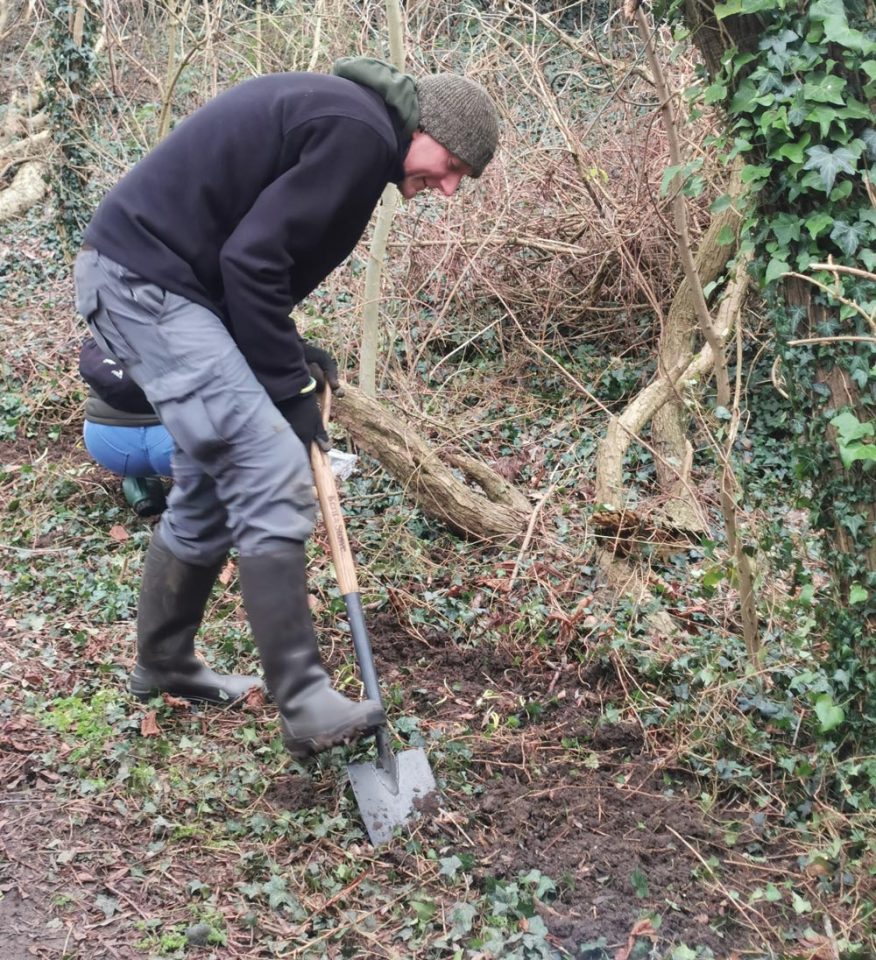Investing in nature
BGS and local community volunteers join together to plant 12 000 spring bulbs and help native wildlife to thrive.
14/02/2022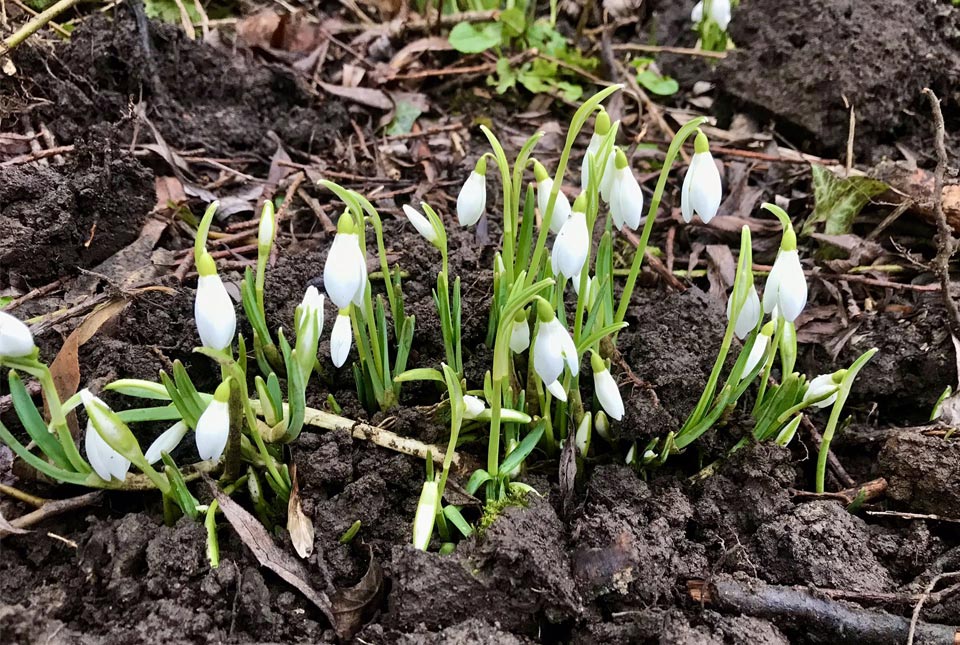
Part of our commitment to sustainability at BGS is developing our sites to support and nurture the local environment. A team of volunteers from BGS and Wild Things: Keyworth came together to help brighten up Keyworth village and provide a space for local wildlife to thrive.
BGS secured NERC funding for 12 000 spring bulbs to brighten our Mary Ward nature area at our headquarters in the village, providing a haven for wild animals, insects and birds.
How do you plant thousands of bulbs?
We knew that planting some 12 000 bulbs in one morning would be a challenge even for the more enthusiastic gardeners among us, so we began a recruitment drive to call on staff and volunteers from the community to bring their spades and help. Numbers began to grow and by the weekend we had managed to entice a gathering of around 30 staff and volunteers. Luckily it was a bright, warm morning so there was no worrying about planting in really muddy areas.
Armed with gardening tools, our staff and volunteers got down to the job of planting hundreds of beautiful native snowdrops, bluebells and wood anemone. Hopefully they will come into flower soon, providing nectar for early insects as well as a lovely display for walkers using the path through the woodland.
Wildlife on site
Having installed wildlife cameras over the winter, perhaps one of the most exciting developments has been watching the array of local animals who have been visiting the woodland over the frosty season, from beautiful muntjac deer to foxes, badgers, brown rats, buzzards and owls.


Local wildlife caught on camera at the BGS Keyworth site.
As well as our feathered and furry animal visitors, we hope the improvements will be enjoyed by members of the public.
Recent improvements
The woodland has a right-of-way path maintained by the council and recently, they improved two patches of earth along the path, flattening them and installing handrails to aid walking. Other improvements include removing damaged and diseased tree branches. Some parts of the bramble will soon be cut down to allow new growth and keep parts of the woodland open.
A big thank you!
We couldn’t have done this without the support and help of our staff and WildThings: Keyworth, a local group set up in Keyworth to be a voice for the natural world and a shared way to do more to help. They recently helped to establish a Hedgehog Highway in the area and it is fantastic to be able to reach out to others in our local community and bring them together with BGS staff members to support the area we live and work in.
We’ll look forward to sharing some pictures of our work in bloom on Twitter @britgeosurvey in a few weeks’ time.
The Mary Ward nature area
The Mary Ward nature area is a small patch of woodland that runs behind the BGS site at Keyworth, which can be accessed from Platt Lane. It takes its name from Mary Ward College, the local college that used to be on the site and named after the famous scientist, artist and astronomer, Mary Ward (1585–1645), a nun who championed women’s rights to education.
About the author
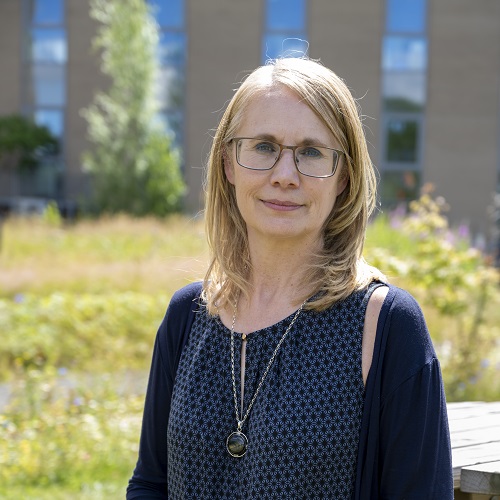
Prof Melanie Leng
BGS Chief Scientist, environmental change, adaptation and resilience
Relative topics
Latest blogs
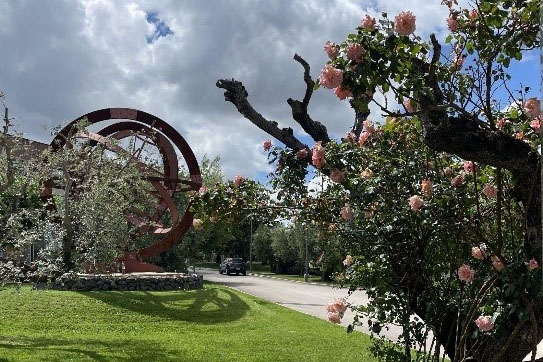
AI and Earth observation: BGS visits the European Space Agency
02/07/2025
The newest artificial intelligence for earth science: how ESA and NASA are using AI to understand our planet.
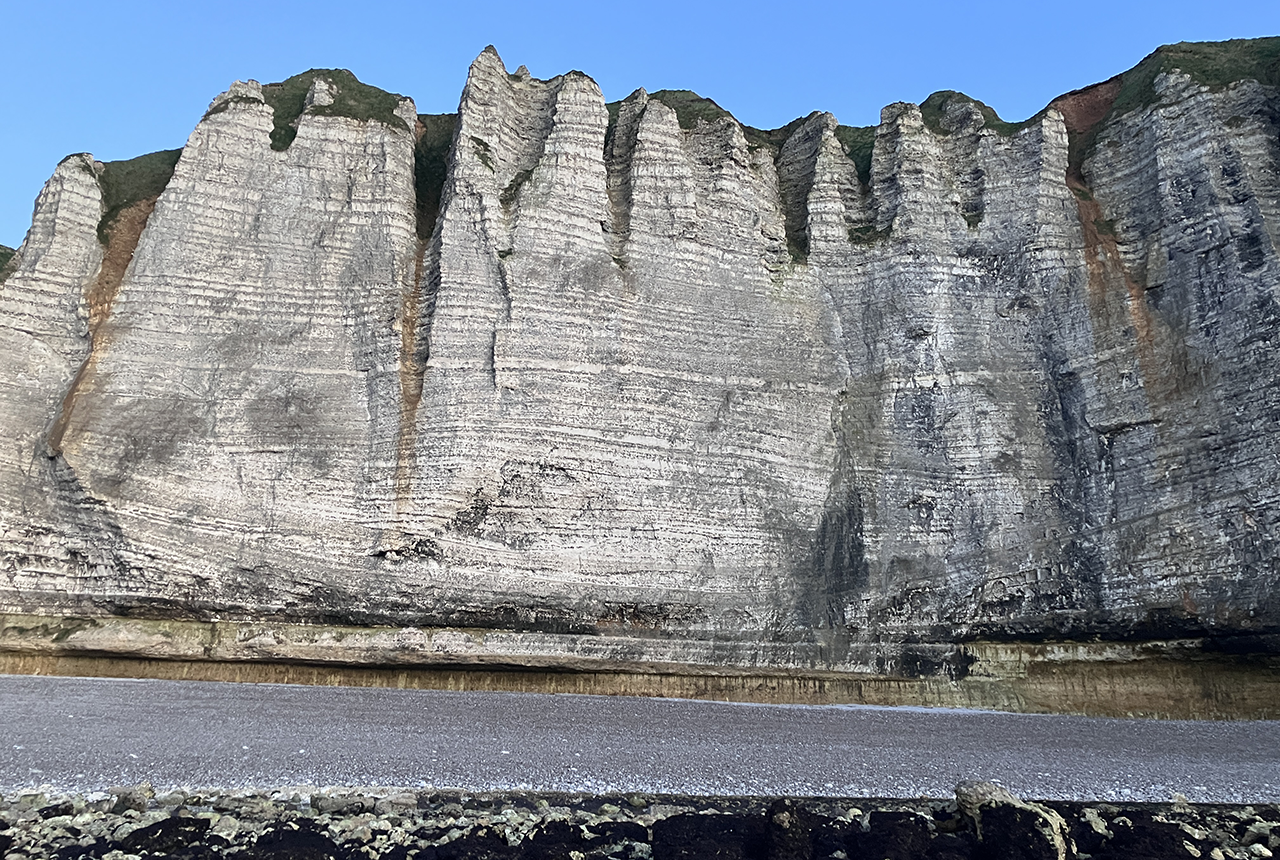
Geology sans frontières
24/04/2025
Geology doesn’t stop at international borders, so BGS is working with neighbouring geological surveys and research institutes to solve common problems with the geology they share.
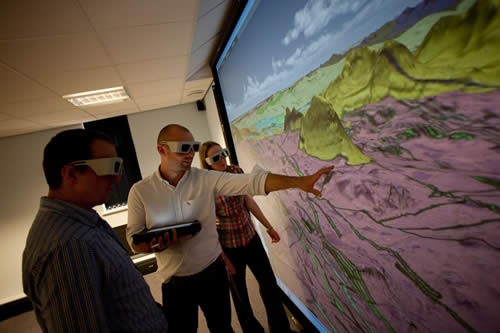
Celebrating 20 years of virtual reality innovation at BGS
08/04/2025
Twenty years after its installation, BGS Visualisation Systems lead Bruce Napier reflects on our cutting-edge virtual reality suite and looks forward to new possibilities.
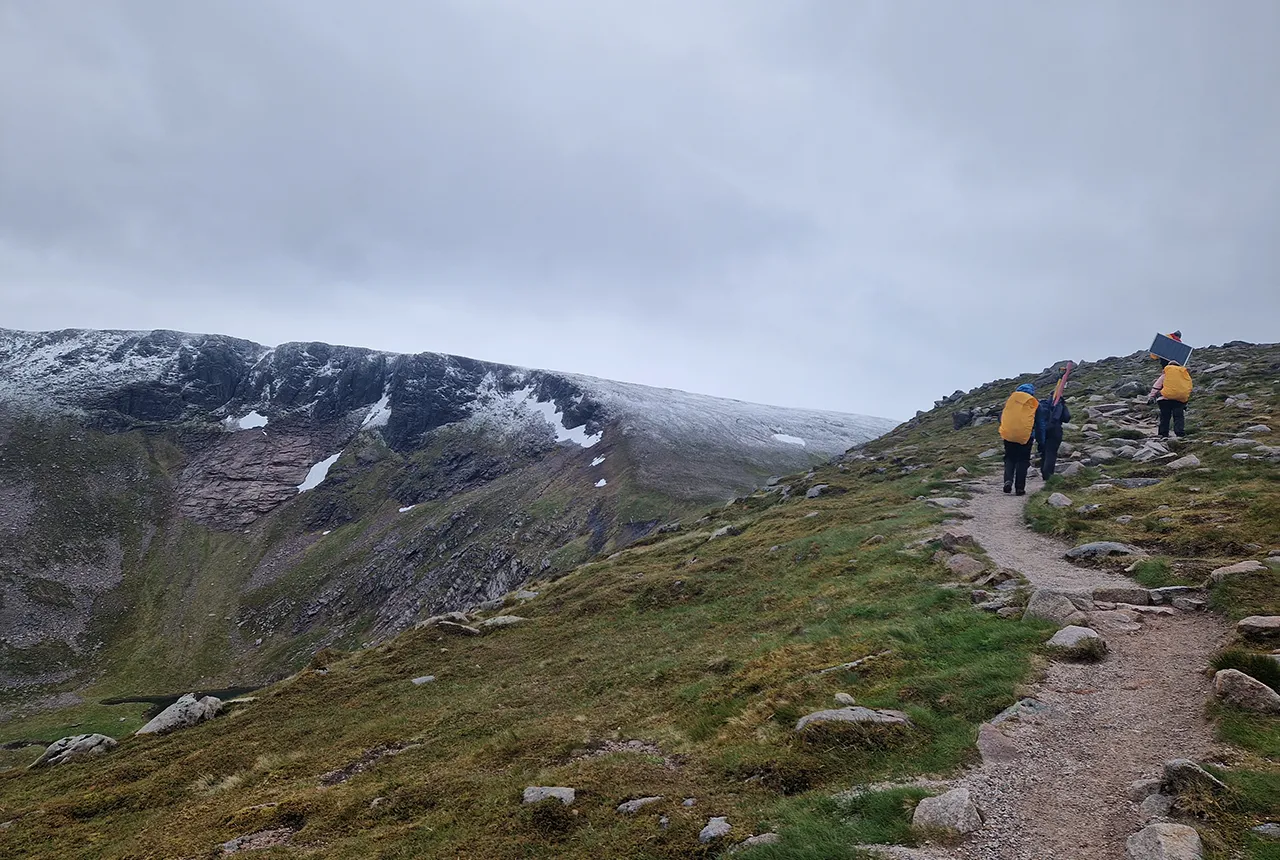
Exploring Scotland’s hidden energy potential with geology and geophysics: fieldwork in the Cairngorms
31/03/2025
BUFI student Innes Campbell discusses his research on Scotland’s radiothermal granites and how a fieldtrip with BGS helped further explore the subject.
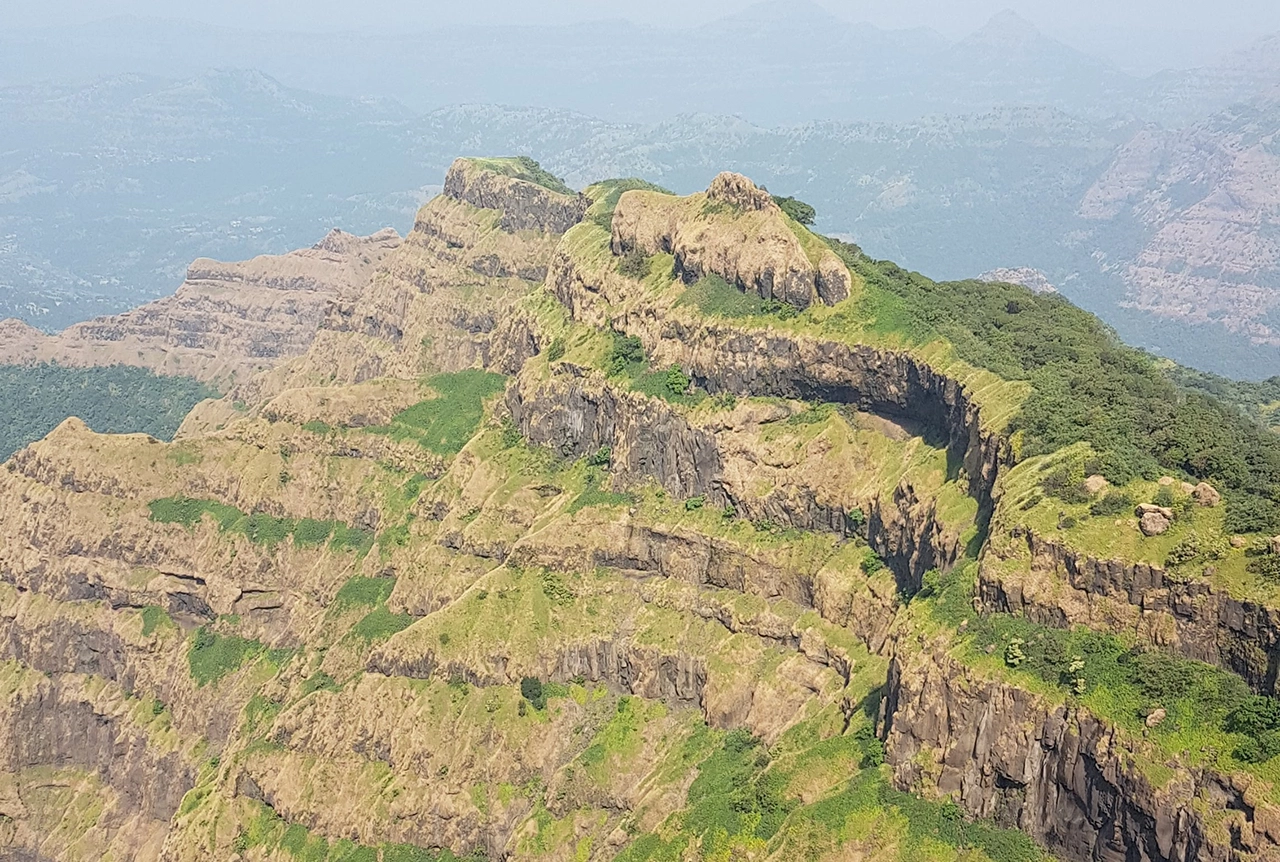
Could underground disposal of carbon dioxide help to reduce India’s emissions?
28/01/2025
BGS geologists have partnered with research institutes in India to explore the potential for carbon capture and storage, with an emphasis on storage.
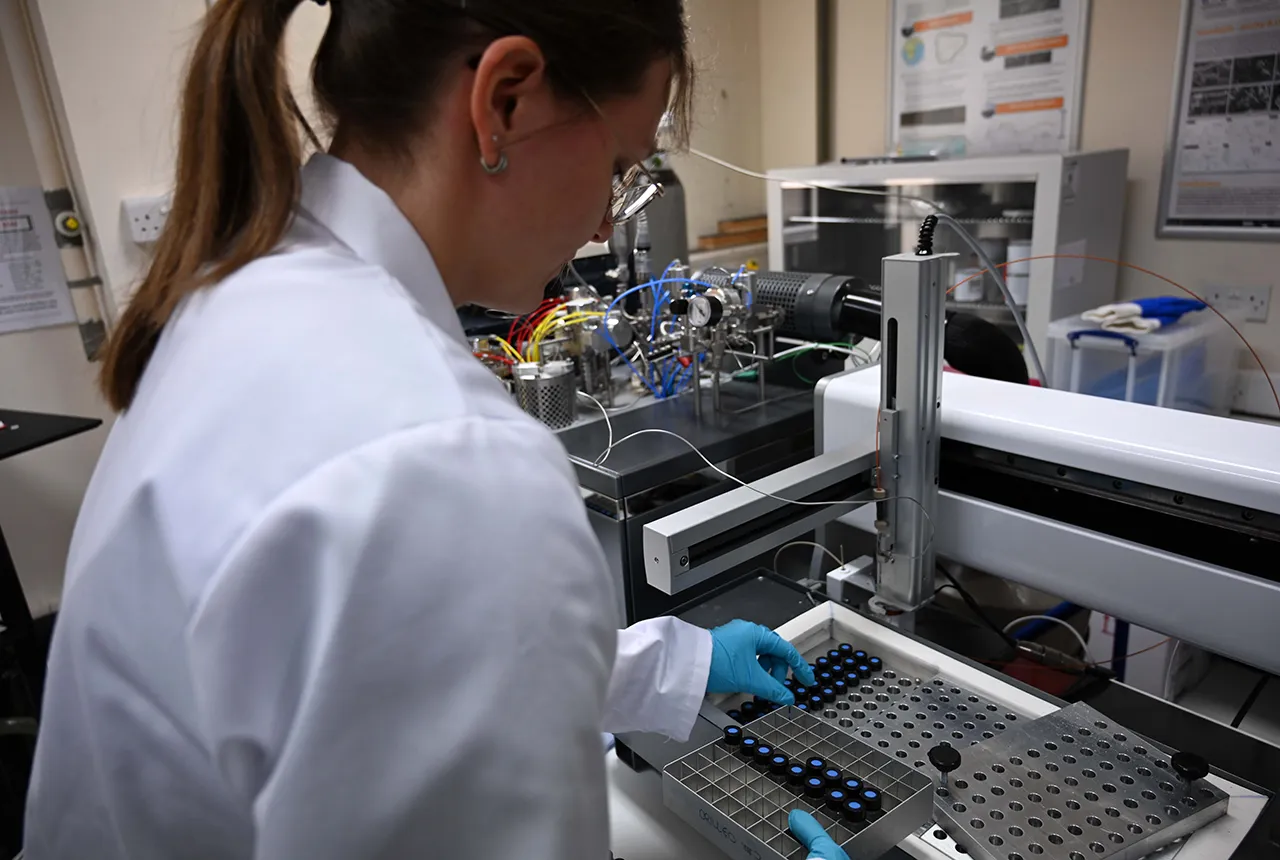
Carbon and oxygen isotope analysis of carbonates and the development of new reference materials
18/12/2024
Dr Charlotte Hipkiss and Kotryna Savickaite explore the importance of standard analysis when testing carbon and oxygen samples.
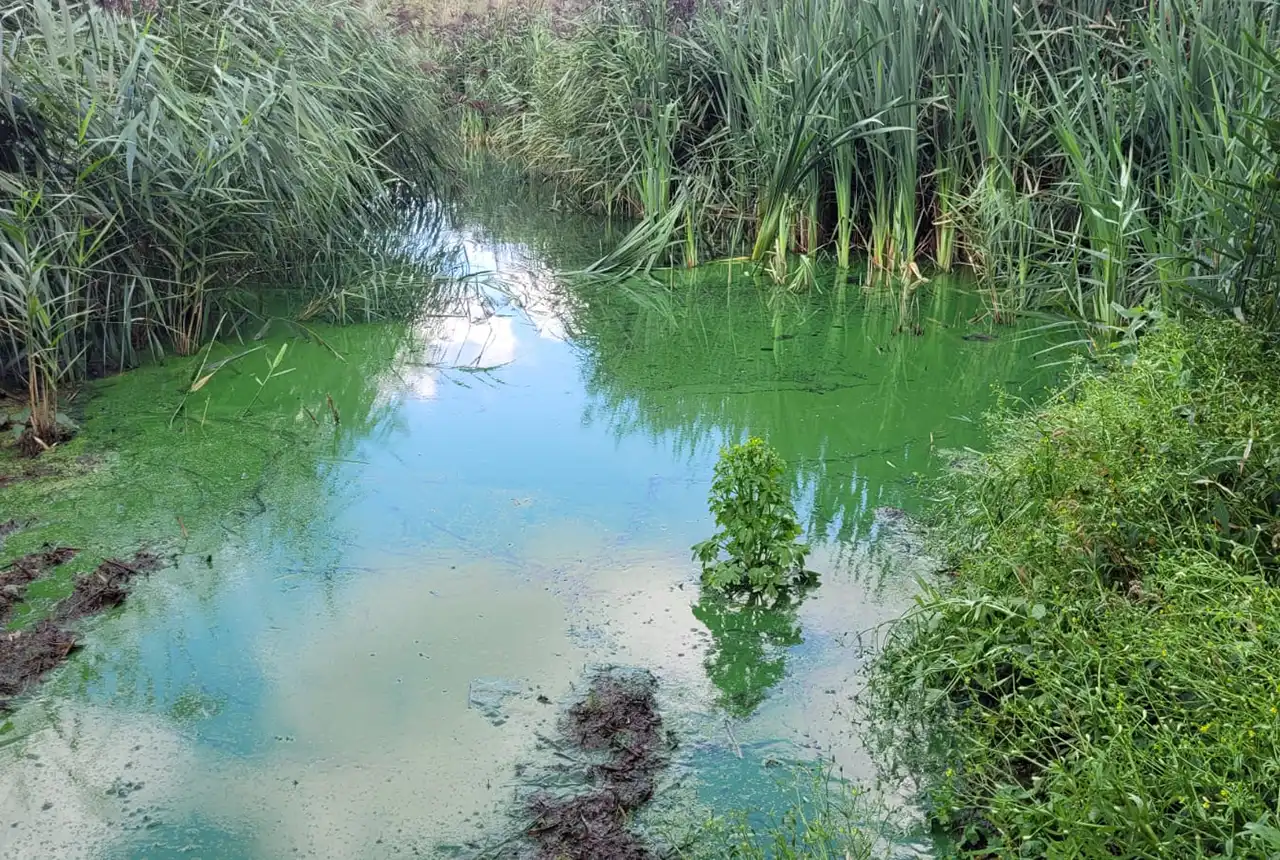
Studying oxygen isotopes in sediments from Rutland Water Nature Reserve
20/11/2024
Chris Bengt visited Rutland Water as part of a project to determine human impact and environmental change in lake sediments.
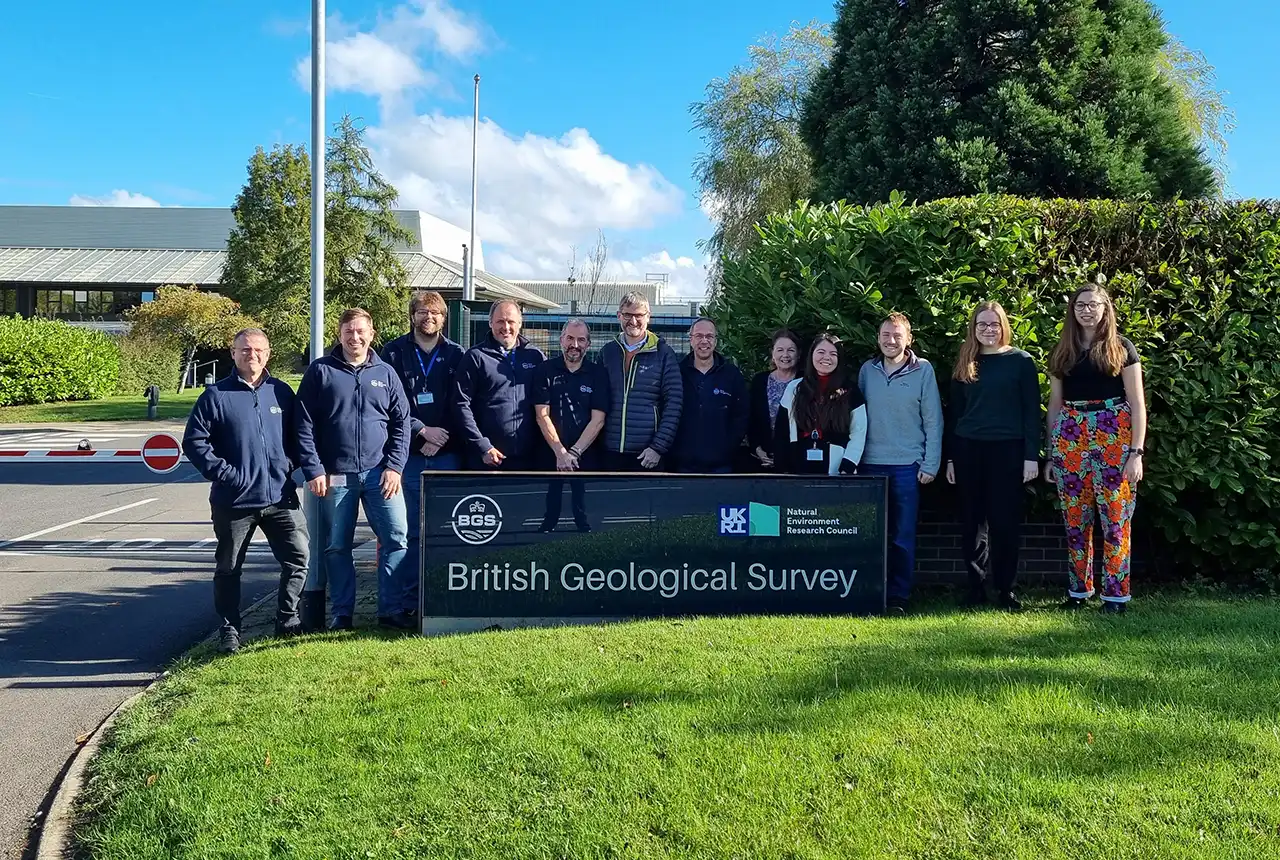
Celebrating 25 years of technical excellence at the BGS Inorganic Geochemistry Facility
08/11/2024
The ISO/IEC 17025 accreditation is evidence of technical excellence and reliability, and a mark of quality assurance.
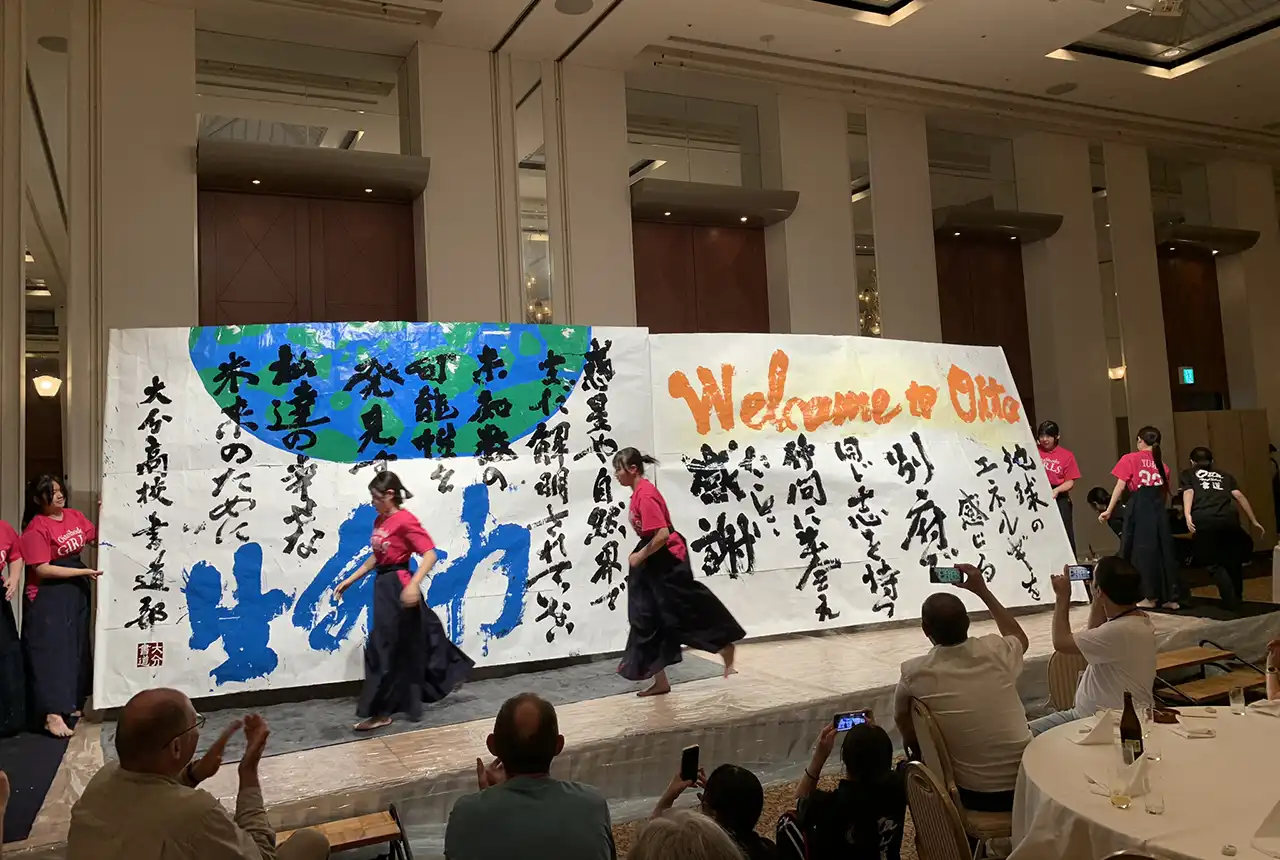
Electromagnetic geophysics in Japan: a conference experience
23/10/2024
Juliane Huebert took in the fascinating sights of Beppu, Japan, while at a geophysics conference that uses electromagnetic fields to look deep into the Earth and beyond.
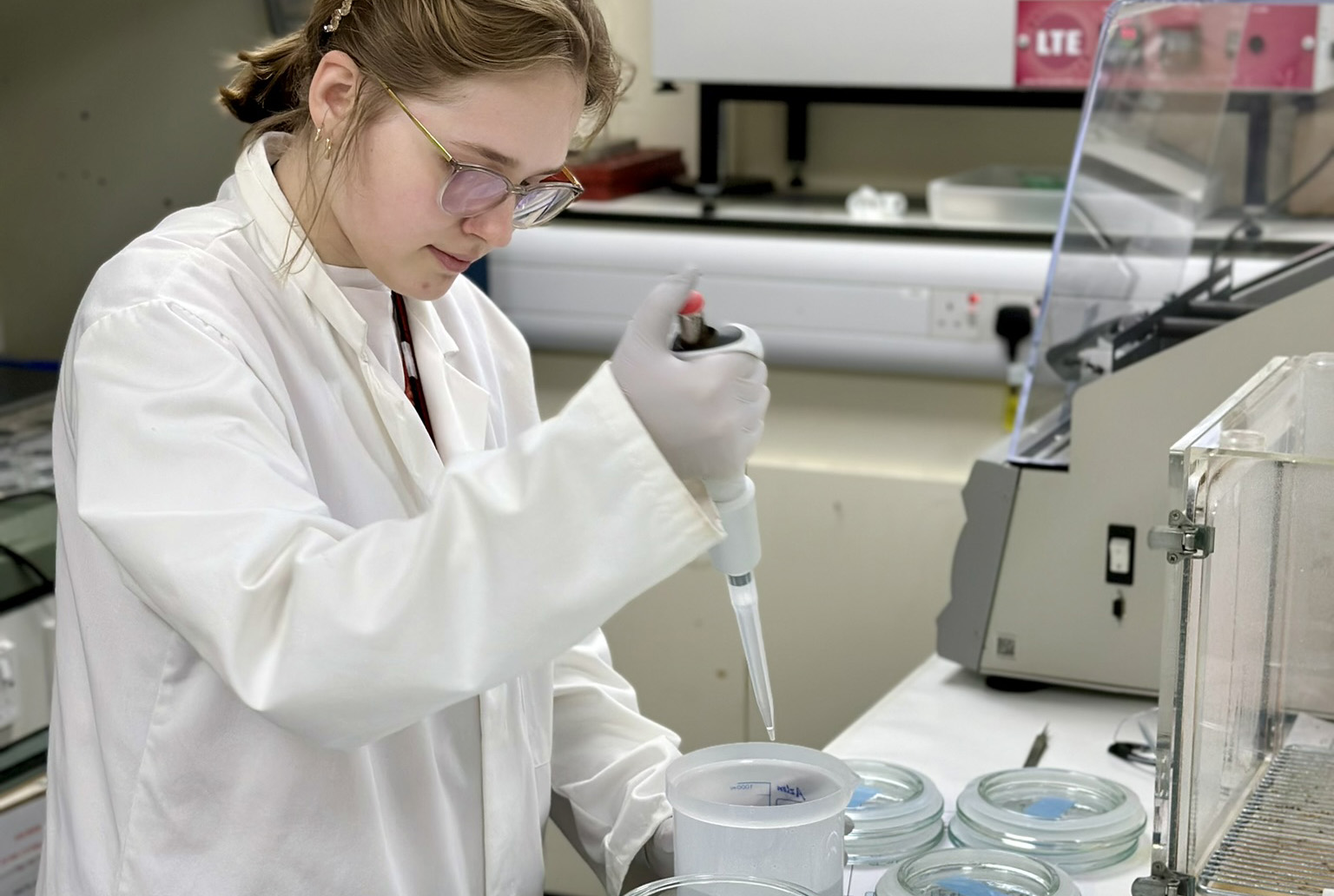
Exploring the role of stable isotope geochemistry in nuclear forensics
09/10/2024
Paulina Baranowska introduces her PhD research investigating the use of oxygen isotopes as a nuclear forensic signature.
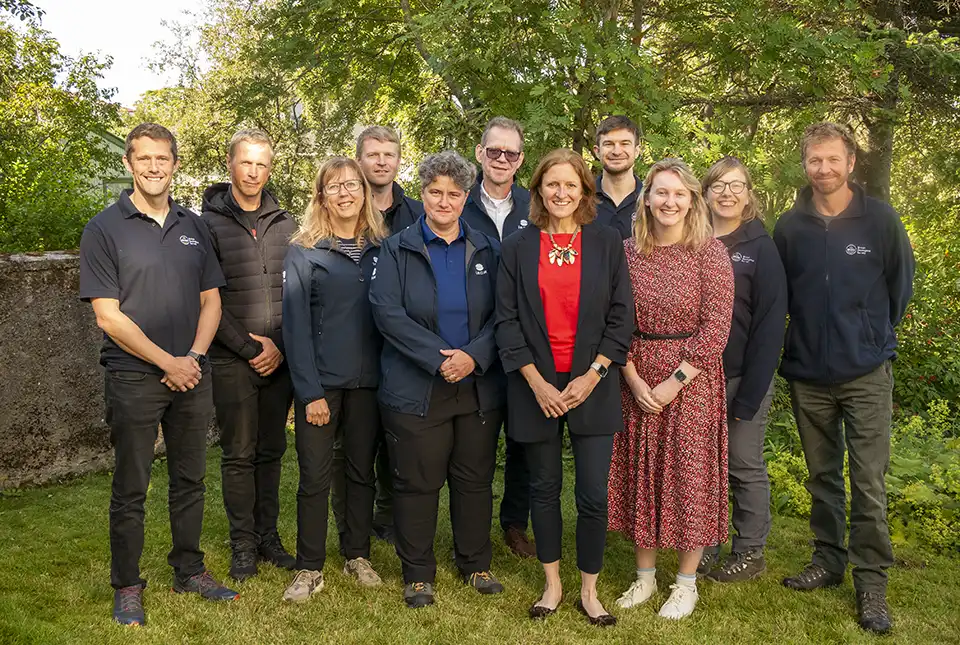
BGS collaborates with Icelandic colleagues to assess windfarm suitability
03/10/2024
Iceland’s offshore geology, geomorphology and climate present all the elements required for renewable energy resources.
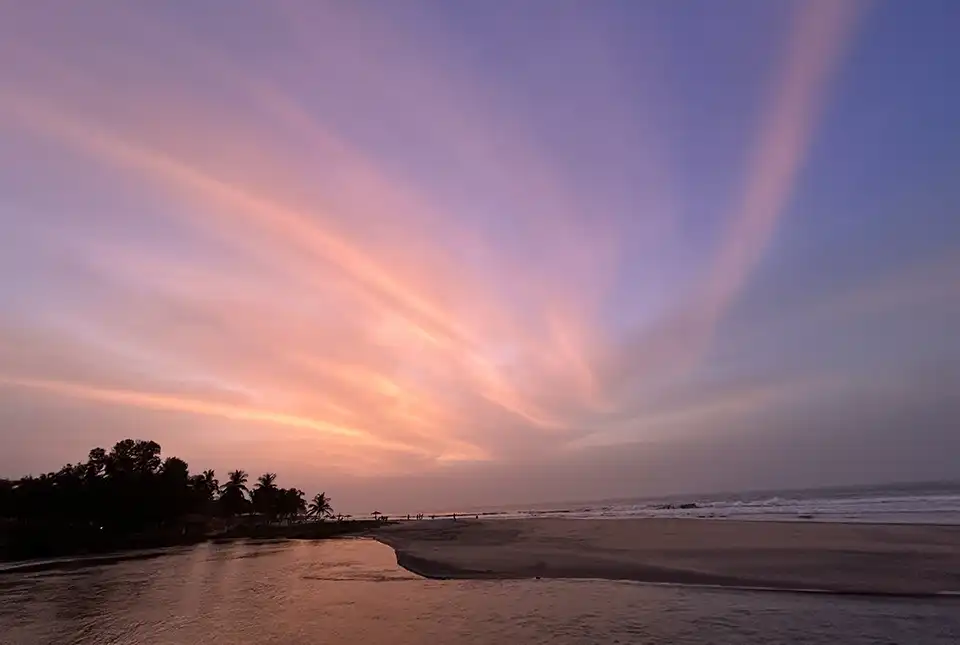
Mining sand sustainably in The Gambia
17/09/2024
BGS geologists Tom Bide and Clive Mitchell travelled to The Gambia as part of our ongoing work aiming to reduce the impact of sand mining.



